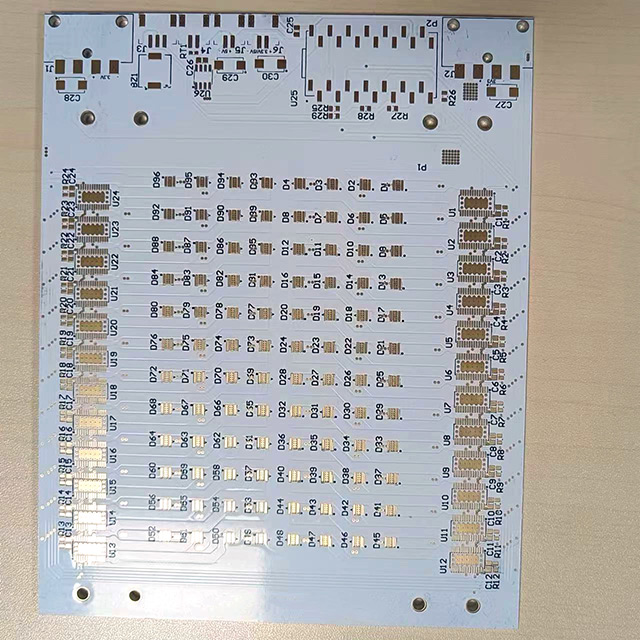C
Crosswire
If an installation is supplied by a two wire system (E.G. a TT system) , what are the benefits of using an earth electrode instead of simply joining earth to neutral at the supply head to create a TNCS system?
Surely using the supplier's neutral is a more effective return path for fault current than relying on the earth electrode and the solid mass of earth?
All replies welcome,
Cheers,
Crosswire.
Surely using the supplier's neutral is a more effective return path for fault current than relying on the earth electrode and the solid mass of earth?
All replies welcome,
Cheers,
Crosswire.













